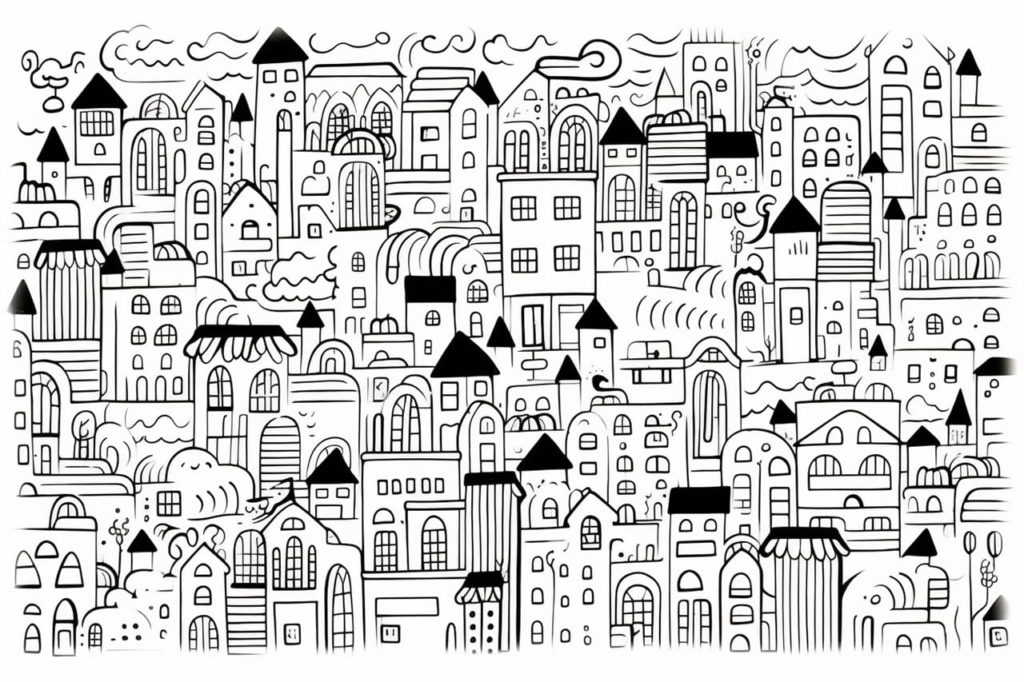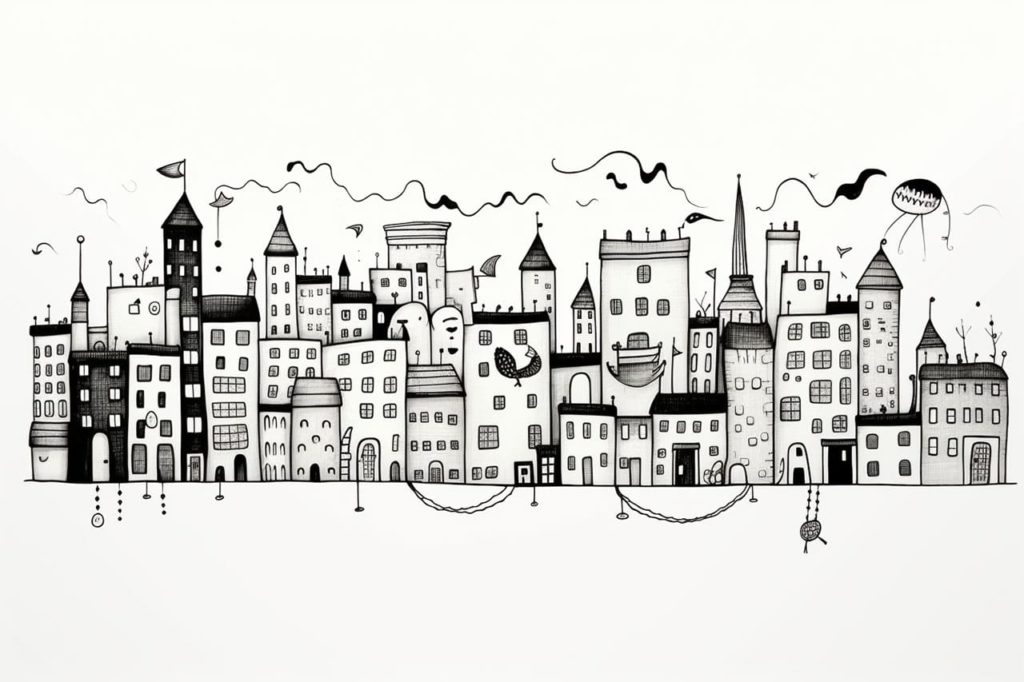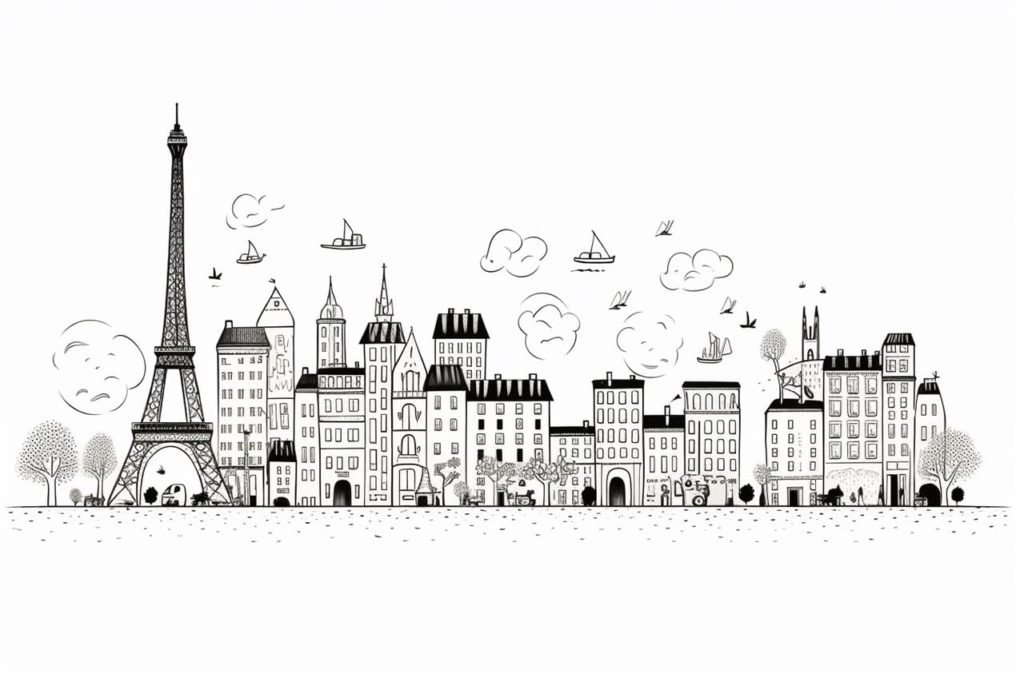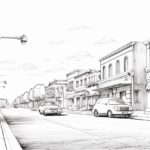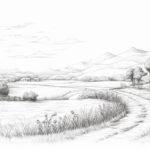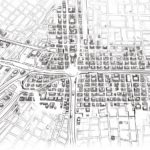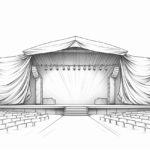Welcome to this step-by-step guide on how to draw a cityscape! In this tutorial, we will explore the process of creating a detailed and realistic cityscape drawing. Whether you are a beginner or an experienced artist, this guide will provide you with the essential techniques and tips to bring your cityscape to life on paper. So, let’s grab our drawing materials and get started!
Materials Required
Before we begin, make sure you have the following materials on hand:
- Paper: Choose a high-quality drawing paper that can handle different drawing mediums such as graphite, charcoal, or ink.
- Pencils: A range of graphite pencils in different grades (2H, HB, 2B, 4B) will be helpful for sketching and shading.
- Eraser: A kneaded eraser or a soft vinyl eraser will allow you to make corrections and lighten areas.
- Ruler: A straight edge ruler is necessary to create straight lines and precise angles.
- Fine liner pens: Black ink pens with various nib sizes (0.3mm, 0.5mm, 0.8mm) will add definition and details to your cityscape.
- Drawing board or table: To provide a stable surface for your drawing.
Now that we have our materials ready, let’s dive into the step-by-step process of drawing a cityscape!
Step 1: Planning Your Composition
Before putting pencil to paper, spend some time planning your composition. Think about the elements you want to include in your cityscape, such as buildings, streets, trees, and people. Consider the perspective you want to portray – whether it’s a wide-angle view or a close-up of a particular building. Sketch a rough outline of your composition lightly with a pencil, considering the proportions and placement of the elements.
Step 2: Sketching the Horizon Line
Start by lightly sketching a straight horizontal line across your paper. This line represents the horizon and will determine the eye level of your cityscape. Take your time to ensure that the line is straight and level.
Step 3: Drawing Buildings
Begin drawing the buildings by lightly sketching their outlines. Use vertical and horizontal lines to create the basic shape of each building. Vary the heights and widths of the buildings to add interest and dimension. Remember to pay attention to the perspective – buildings in the foreground should appear larger than those in the background.
Step 4: Adding Details to Buildings
Once you have the basic shapes of the buildings, start adding details such as windows, doors, balconies, and architectural features. Use reference photos or your imagination for inspiration. Take your time with this step, as the details will give your cityscape a realistic and intricate look.
Step 5: Perspective and Proportions
Pay close attention to the perspective and proportions of the buildings. Use your ruler to create straight lines and ensure that the angles of the buildings are consistent. The buildings closer to the viewer should appear larger, while those in the distance should be smaller. This will create a sense of depth and three-dimensionality in your cityscape.
Step 6: Adding Shadows and Shading
To add depth and dimension to your cityscape, incorporate shading and shadows. Identify the direction of the light source and imagine where the cast shadows would fall on the buildings and streets. Use your pencils to create gradations of tone, applying lighter pressure for lighter areas and heavier pressure for darker areas. This will give your cityscape a realistic and three-dimensional appearance.
Step 7: Adding Textures
To make your cityscape drawing even more realistic, consider adding textures to the buildings and streets. Pay attention to the different surfaces, such as brick, glass, concrete, or foliage. Experiment with different shading techniques, such as hatching or cross-hatching, to create the desired textures. This will add visual interest and make your cityscape come alive.
Step 8: Adding Final Details
Once you have completed the main elements of your cityscape, take a step back and assess the overall composition. Add any final details or touches to enhance the realism or to draw attention to specific areas. This could include additional trees, lamp posts, signs, or even people. Use your fine liner pens to outline and define these details, ensuring they stand out from the rest of the drawing.
Conclusion
Congratulations! You have successfully completed your cityscape drawing. By following these step-by-step instructions and incorporating your creativity, you have created a detailed and realistic representation of a cityscape. Building up your drawing skills through practice will allow you to tackle even more complex cityscapes in the future. Remember, capturing the essence of a cityscape requires observation, patience, and attention to detail. So keep exploring, keep drawing, and have fun bringing cities to life on paper!
Gallery of Cityscape Drawings
